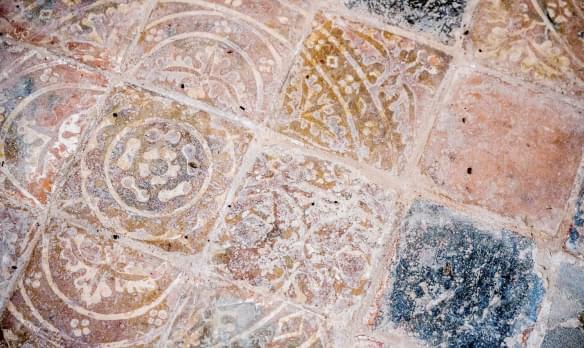
St Cuthbert
Carham, Northumberland | TD12 4RW
Stunning setting on banks of Tweed and lovely building.
Search for a fascinating place to visit, or see the variety of churches, chapels and meeting houses we have supported.

Carham, Northumberland | TD12 4RW
Stunning setting on banks of Tweed and lovely building.

Carleton St Peter, Norfolk | NR14 7BB
We have supported this church

Carlisle, Cumbria | CA3 8TZ
Welcome to the world of Romans, Vikings, medieval monks and contemporary Christian community as you tour the grounds and see the surviving monastic buildings, the Georgian residences where the present Canons live, and the peaceful gardens.

Carlisle, Cumbria | CA3 8UF
A fine example of a Georgian church, complete with balcony as well as interesting stained glass windows depicting the life of St Cuthbert and a moving pulpit, the only one of its type in the country.

Carlton in Lindrick, Nottinghamshire | S81 9EG
The church is mentioned in Domesday Book.

Carlton in the Willows, Nottinghamshire | NG4 1BJ
The parish was created in 1883 from land formerly belonging to the parish of Gedling and the church itself was consecrated in 1885.

Carlton on Trent, Nottinghamshire | NG23 6LP
A medieval church containing Norman fabric and which was a chapel of ease for the parish of Norwell existed on the site of the present building; it was demolished in 1849.

Carlton Scroop, Lincolnshire | NG32 3AX
We have supported this church

Carlton, Nottinghamshire | NG4 1BP
Built in 1958 by the architects Broadhead and Royle who wrote ‘the style stems from the early Christian columned halls of the 4th century but cannot be honestly placed in any historical style other than mid 20th century'.

Carlton, Yorkshire | S71 3JB
The church is a good example of the work of George Edmund Street, the famous 19th century architect.

Carmarthen, Carmarthenshire | SA31 1GW
St Peter’s is first recorded in the Chronicles of Battle Abbey when it was donated to Battle Abbey, along with a monastic house known as Llandeulyddog, in about 1110.

Carmyllie, Tayside | DD11 2RA
We have supported this church